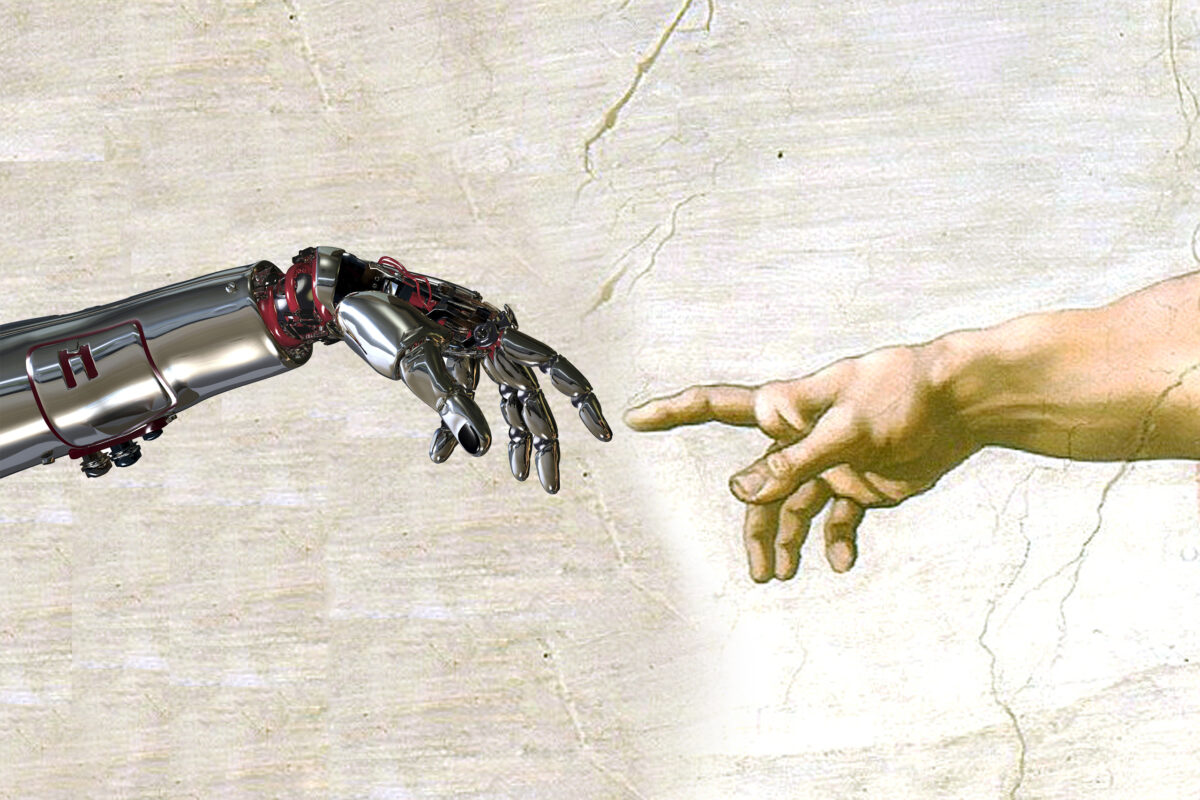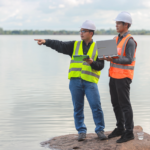In 1965 a young scholar named D.C Halacy released a paper entitled Cyborg: Evolution of the Superman. The paper was the first to coin the now common phrase: cyborg. It sparked a cultural revolution of books, TV, and films that dealt with the idea of cybernetic, enhanced human beings.
Films like Robocop, Terminator and Bladerunner all had a common theme. The creation of super senses by process of mechanical engineering.The man-made creation of a superhuman.
In the last century, cybernetics was a limited to the realms of fantasy. In this century, it’s becoming a reality.
Bio-mechanical engineering, known as bionics, is one of the fastest evolving technologies of the modern era.
With promising advances being made year on year, the advent of bionic human beings is closer than you think. But before we get too excited, let’s be honest.
Nobody is going to be flying around or punching through walls any time soon. But in the world of prosthetics, we’ll be talking about fully functioning, mechanized bionic limbs as a norm, within our lifetimes.
Prosthetic limbs have been around for a long time albeit with a limited functionality. The current method for a bionic prosthetic is to connect a motorized limb which responds to muscular movements in the base of the arm.
The capabilities of such a limb are relatively crude, operating basic functions such as opening or closing of the hand.
A potentially huge advance in bionic science is the shift towards motor neuron operated limbs. Motor neuron operated limbs would function via Sensors, surgically implanted in the patient’s central nervous system.
In theory, this would allow the operation of prosthetic limbs by electrical signals transmitted from the patient’s spinal column; the same way we use our organic limbs.
Imperial College’s Dr Farina, a leading scientist in the field of bio-mechanical engineering, conducted a recent study in which patients had sensors implanted into the central nervous system.
The patients were then able to control limbs by imagining that they were moving a phantom limb.
With practice, patients were able to open and close their bionic hands, move them side to side, as well as up and down. Essentially, they had all the functionality of a real hand.
Alongside the development of motor neuron operated bionic software is significant progress in hardware.
The i-limb, created by Touch Bionics, is a robotic hand composed of individually motored fingers. Technological advances in micro-processors, miniature lithium batteries with software is driving a revolution in the field of bionics.
The i-limb offers unprecedented levels of control and movement for a prosthetic. Bionic technology is not limited to the limbs.
Across the world, the development of mechanical organs is making astounding progress. Today, nearly 50% of the human body can be replaced with bionic limbs and organs.
The bionic engineering I’ve mentioned so far is all in a beta phase.
With human testing still required before it is made available to the general public. So, what can bionics do for us today?
In the US, lower back pain is the second most common cause of disability. Bionic products today could eliminate the issue of chronic back pain completely.
One of these products is The Charit Artificial Spinal Disk, which acts as a replacement for your organic spinal disc.
What makes the Charit unique is its construction from a low-friction Polyethylene plastic material.
Polyethene plastic offers an unprecedented amount of flexibility in comparison to traditional spinal replacements.
Indeed, the majority of patients during testing reported that their existing back pains disappeared within a matter of days.
It’s a potentially life-changing technology for over 200,000 Americans who suffer from chronic back pain every year who get no relief from traditional treatments such as medication, physical therapy and other methods, such as inversion table therapy.
The progress in the field of bionic engineering to date is mind-blowing. If by chance, you were reading this article with a hope of becoming a crime-fighting superhero, then I’m sorry to disappoint you.
The field of biomechanical engineering is not there yet.
But the advances in the last year alone have a practical usage, opening up the possibility of eliminating back pain forever is just one of them. If that’s not progress, then I don’t know what is.






























